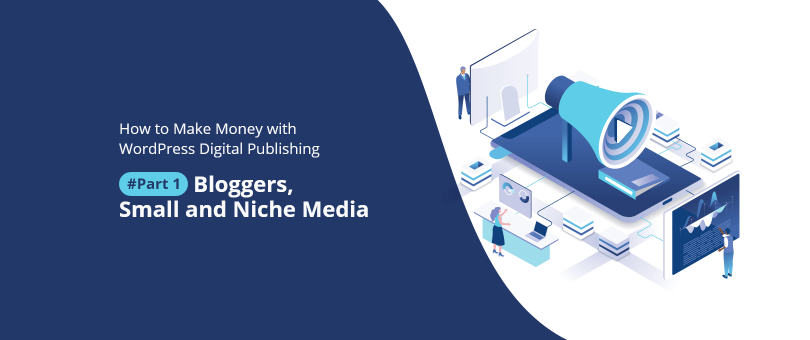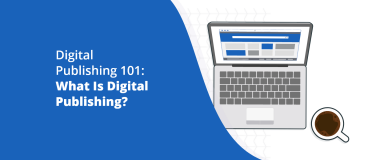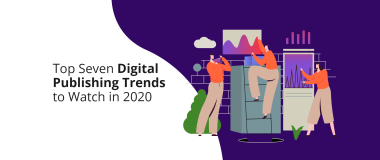Part One: Blogs, Small and Niche Media
We’re in the middle of 2020 and the WordPress digital publishing industry is facing some of its biggest challenges. In recent years, the emergence of fake news has deeply disturbed publishing, and now with the ongoing COVID-19 pandemic affecting people’s lives and state economies, everything is even more d challenging.
Looking beyond the worldwide crisis, the battle for consumer attention remains. With the digital media subscriptions growth of 3.3% back in March and the increasing interest in online news coverage of 67% due to social distancing rules, the opportunities for digital publishers to contribute and grow their platforms are greater than ever.
While there has been a significant increase in interest for the ongoing worldwide state of emergency, people are still looking to read content that is relevant to themselves.
As a publisher, you will still need to grow organic traffic and ensure that you provide a timely, transparent, and consistent experience for your readers. The question is, how can you successfully monetize traffic to your WordPress digital publishing website?
For that purpose, we have provided you with the most important ways to make money with WordPress digital publishing today.
Content as the Perfect Product
The content was, is, and will remain the kind in publishing. Publishers rely on content for audience and traffic, and it’s still the main product behind every revenue model.
A highly-engaged readership that prefers a particular niche or personalized type of content will always be prepared to pay unique content that is valuable to them.
And while you will never be able to fully compete with academic markets and research facilities, if you build a loyal audience that values your opinion as a publisher, you will grow your influence in the industry, and the revenue will follow suit.
What Makes Readers Loyal?
Quality content might not be the only reason that has motivated your readers to stay loyal to your brand. In this day and age, relevance and trustworthiness are just as important.
Now, it’s extremely important to provide relevant content to your audience. Imagine if a publisher such as DigitalTrends started releasing daily news and trivia? It just wouldn’t work, wouldn’t it? Tech aficionados would quickly abandon their articles and wouldn’t even be interested in more.
Instead, the tech publisher regularly produces the latest and most comprehensive product reviews. That makes them number one in their niche, and technology enthusiasts are always excited when they publish exclusive news.
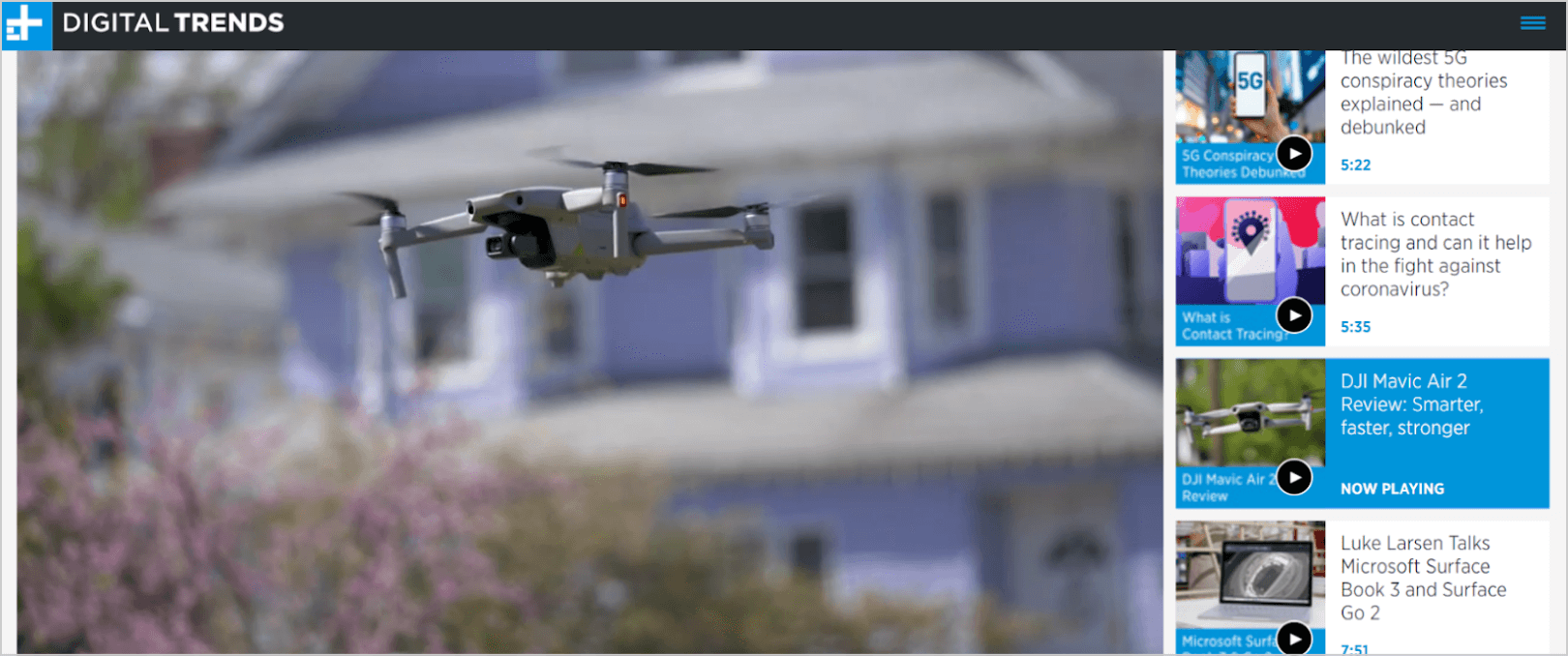
Charge a Membership Fee
Subscriptions and memberships are what’s trending. Reuters reports that 44% of publishers place subscriptions as their most valuable revenue source. An American Press Institute research showed that 53% of citizens would pay for reading only preferred content.
A membership fee model or subscription relies on charging a fee in exchange for access to exclusive content. To make sure a membership works, consumers must trust the quality of your content. Additionally, the content that you provide to members needs to be valuable and easy for them to access.
If you’re always providing a unique perspective to the topics you write about t, the chances to retain subscribers are much higher.
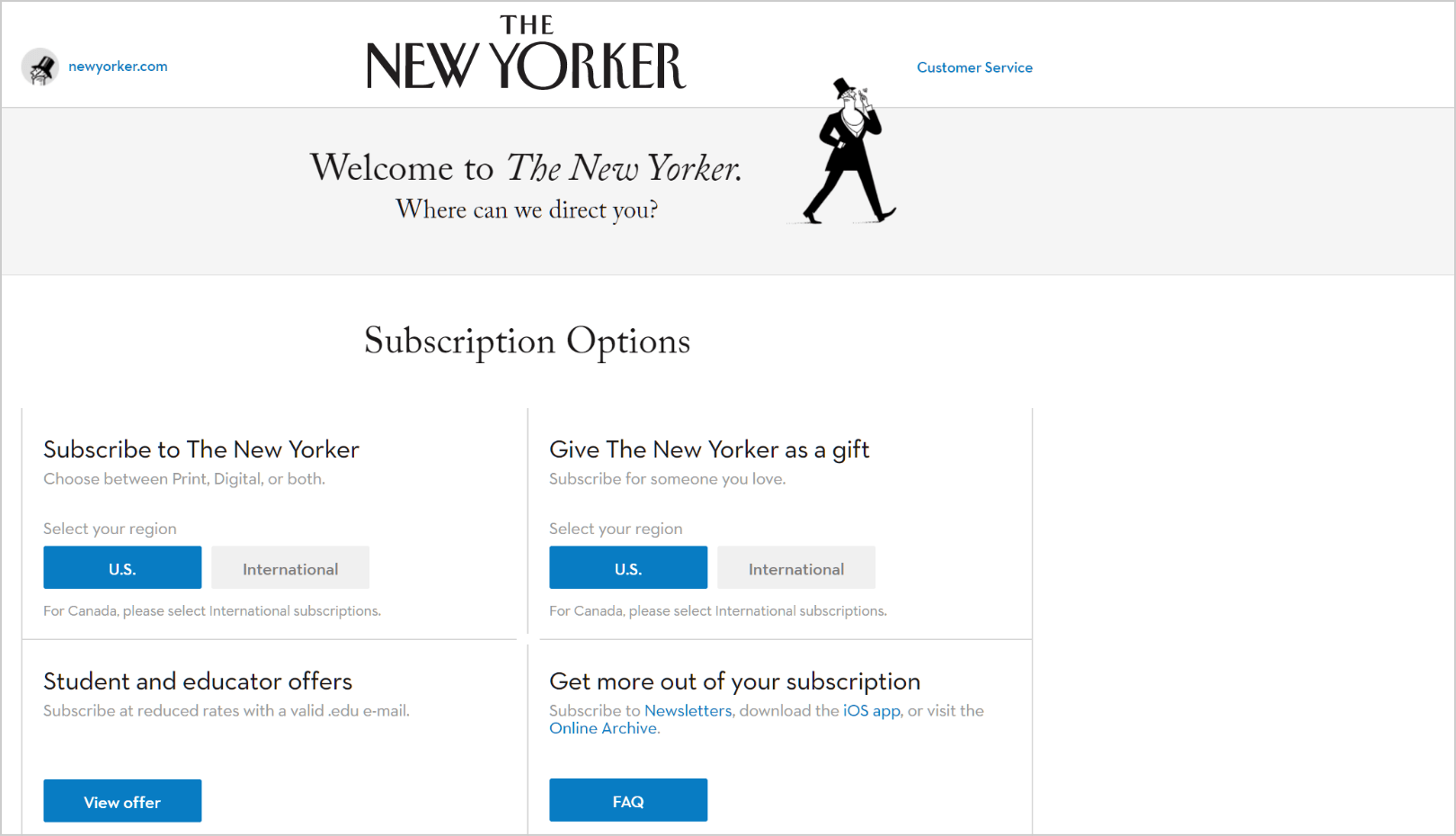
For example, publications such as The New Yorker are always producing great content, and besides exclusive articles and blogs, their subscribers also have access to almost a century of New Yorker archives.
Other publications such as The Economist’s Espresso charge a fee for daily shots of exclusive news in subscribers’ email inboxes and the respective app.
However, convincing users to pay for a content subscription is not always easy. According to a Shorenstein Center and Lenfest Institute research, 80% of publishers face challenges when converting web traffic to subscriptions.
Sure, if you’re a renowned brand such as The Washington Post or The Wall Street Journal, it is a lot easier to entice visitors to subscribe to exclusive content. But, when you’re still a rising player in the game, it will be a lot more challenging to make subscriptions your major source of revenue.
Paywalls
This is where paywalls, as a modern alternative to the media subscription service, step in. According to the State of Digital Publishing, a paywall is:
A method of restricting free access to content. A paywall blocks access to what is frequently referred to as ‘premium content’. Readers can access it after they: Purchase that particular article (single article purchase), Sign up, and pay for a subscription.
There are several degrees of paywalls that you can implement for your digital publishing business:
Hard Paywall
Allowing visitors to see a very short preview that requires them to pay for a subscription before all the content can be viewed.
Let’s take The Financial Times as an example. A decade ago, they introduced their hard paywall, which ensures that they’ll get at least $1 of each subscriber.
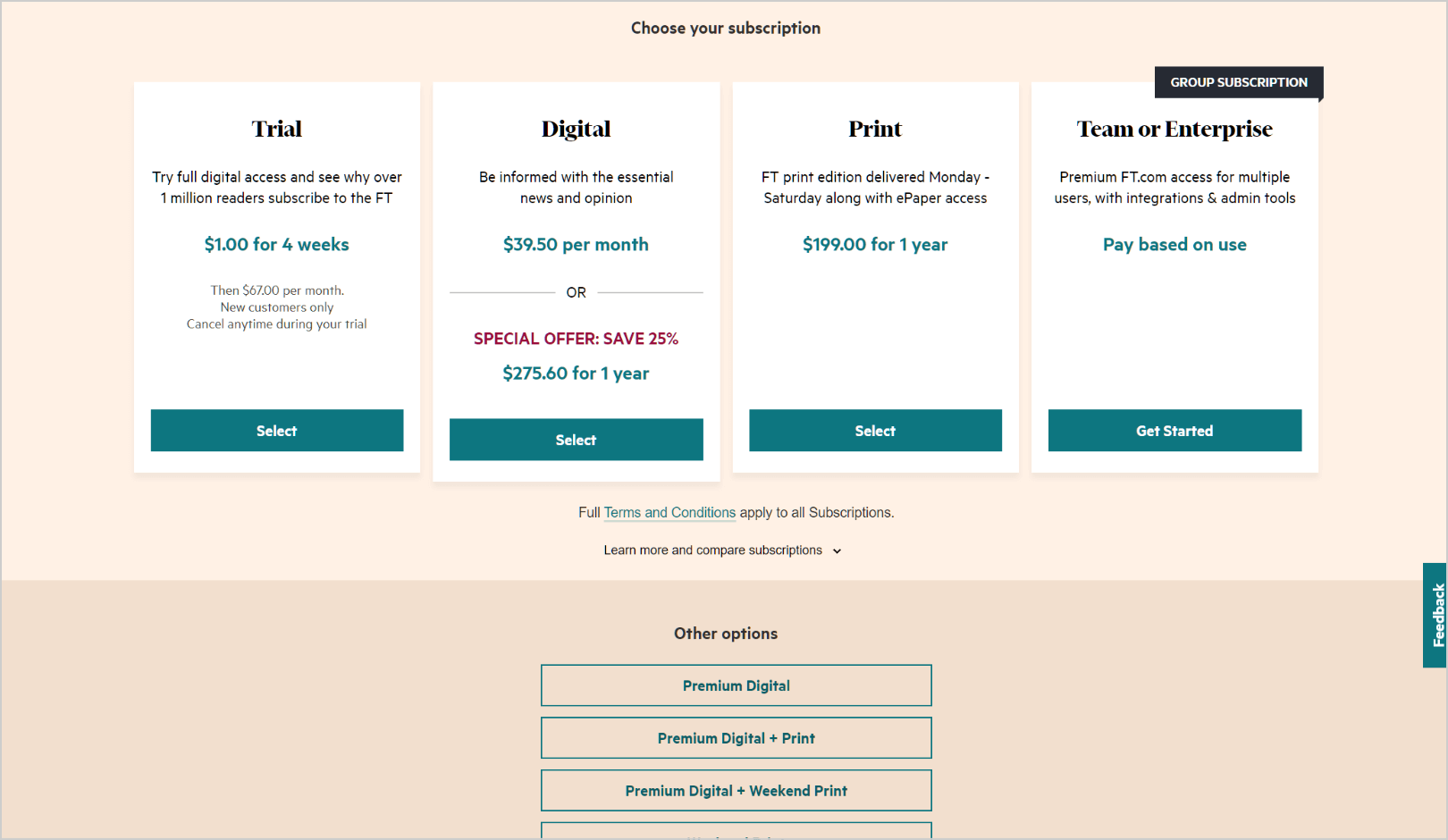
Today, they have more than a million paying subscribers, which, if you do the math, is more than fantastic in today’s economy.
Metered Paywall
It allows users to read a specific number of articles per month before suggesting payment to keep reading. For example, The New York Times doesn’t allow people to read more than ten articles for free, which has increased their number of subscribers as a result.
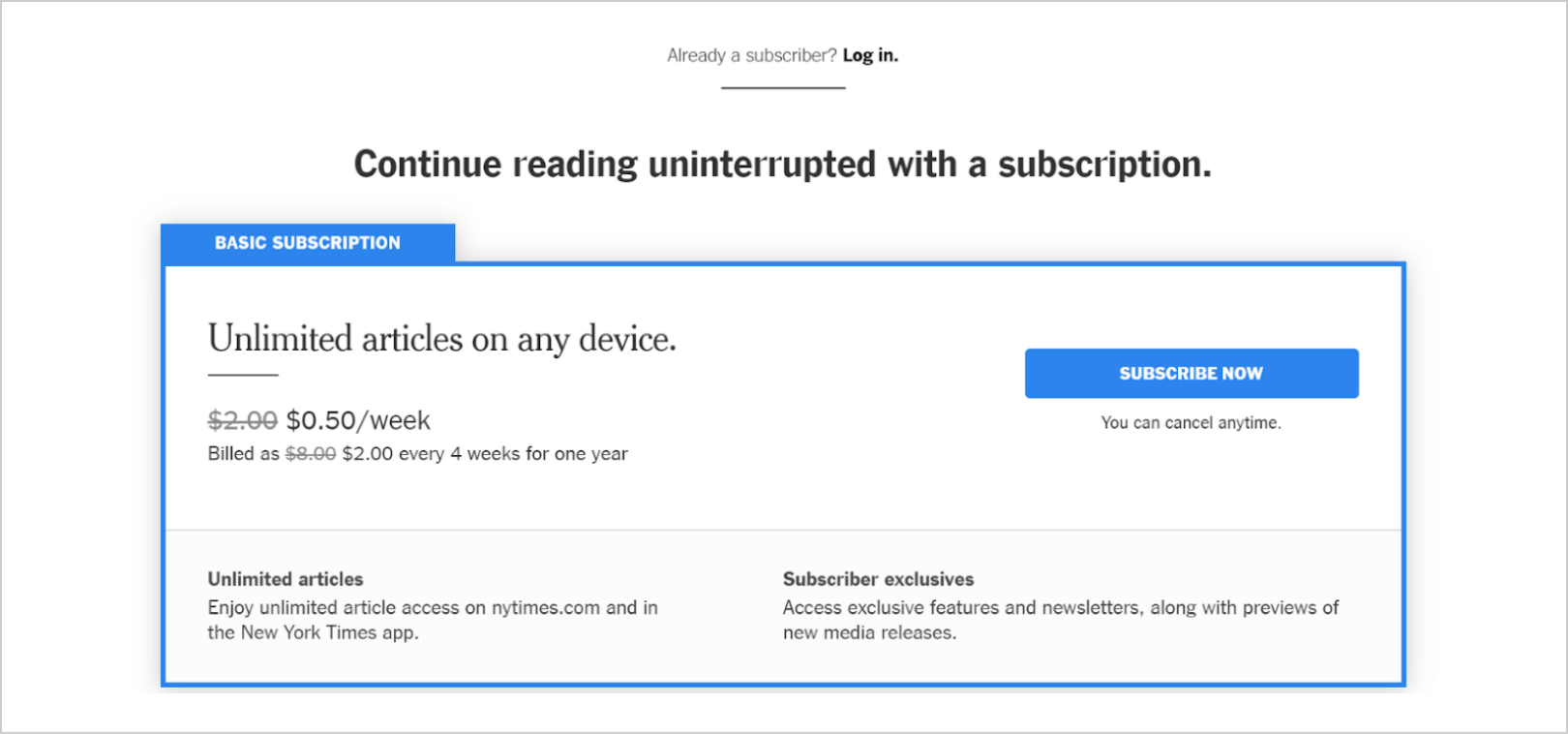
Freemium Paywall
Site visitors can read for free some of the articles – like top news or trending pieces; while in-depth analyses and investigative stories remain locked down. It is used in media outlets with smaller audiences and niche content.
Combining subscription and paywall packages are beneficial for both publishers and readers. The key to success is to keep providing subscribers with the content that they’ve paid for, this will gradually increase your brand’s revenue.
WordPress Plugins for Paywalls
There are some excellent plugins that you can use to successfully integrate a paywall on your WordPress website, including Pay Per View, Leaky Paywall, or LaterPay,
Include Sponsored Content
Investing in sponsored content is an excellent way to diversify your revenue stream. Sponsored content falls under the native advertising category. But, in contrast with native ads, sponsored content retains readers on the publisher’s website.
The Atlantic uses balanced storytelling to promote products without being too pushy. That’s what makes sponsored content attractive to consumers. If it’s personalized, quality, and created in a non-salesy manner, it can be extremely effective.
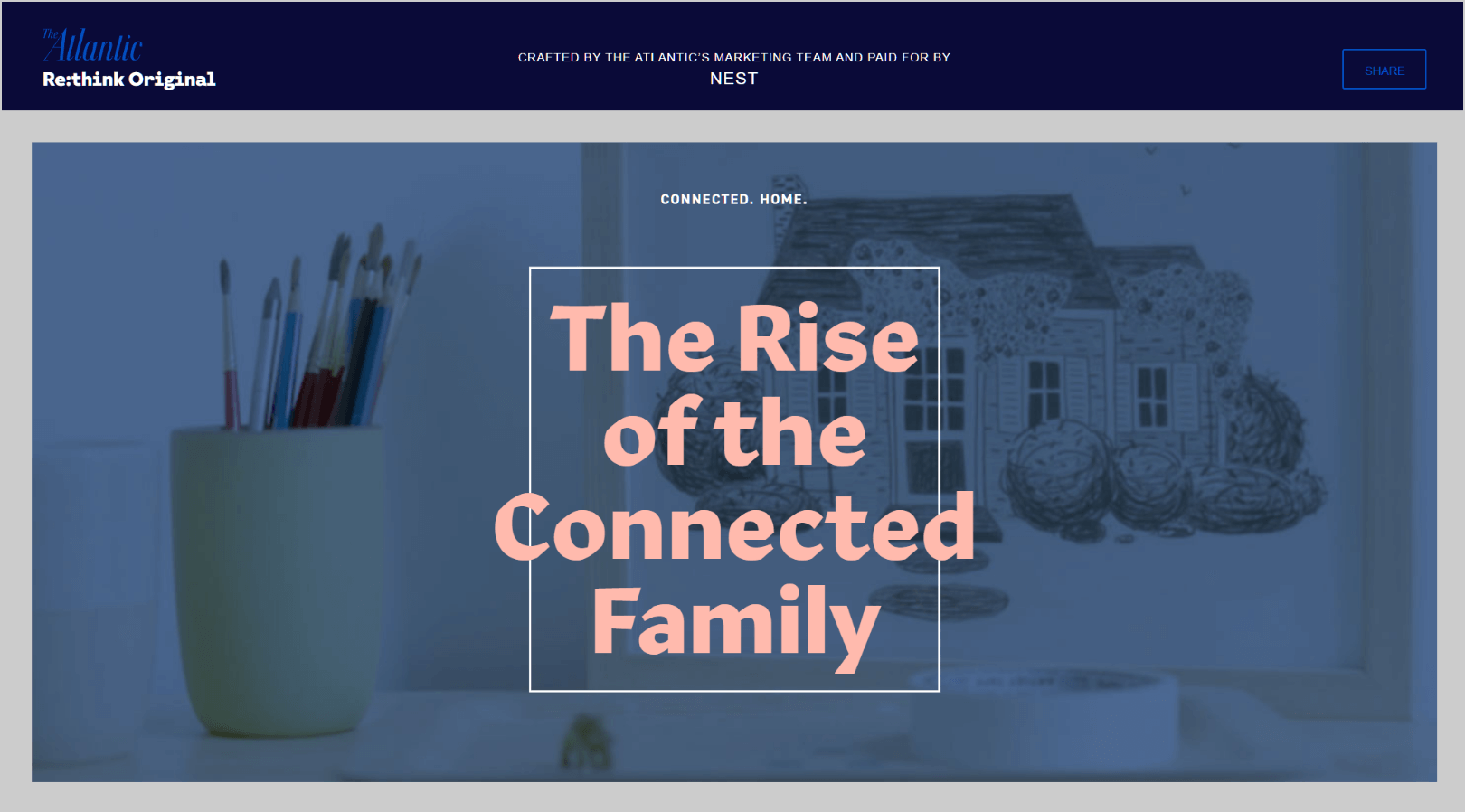
According to a Reuters survey, 75% of readers would interact with sponsored content if it entices them on a given page.
If you want to implement sponsored content on your website, you’ll need to ensure that the sponsored content is precisely labeled so that readers have a clear overview of what’s sponsored on the site and what’s not.
When building a sponsored content monetization strategy, keep in mind the following two things:
- Be Clear: Inform your readers immediately if they’re about to read or watch sponsored content.
- Be Interesting: Have an interesting mix of sponsored content in your editorial calendar. Besides articles, you can include sponsored videos, podcasts, infographics, and galleries as well.
Call for Donations
When you need support in WordPress digital publishing, you can always rely on your most loyal readers. If you provide quality information to them, then there’s nothing bad in asking for a symbolic “tip” so your team can produce more.
You just need to integrate a donation button on your WordPress website via PayPal or another payment option. There are also plugins such as Give, which allow you to manage the donations.
The Guardian is an excellent example of a magazine that encourages donations. Even their membership page is formulated to sound like the subscribers are supporting the brand, instead of just paying for content.
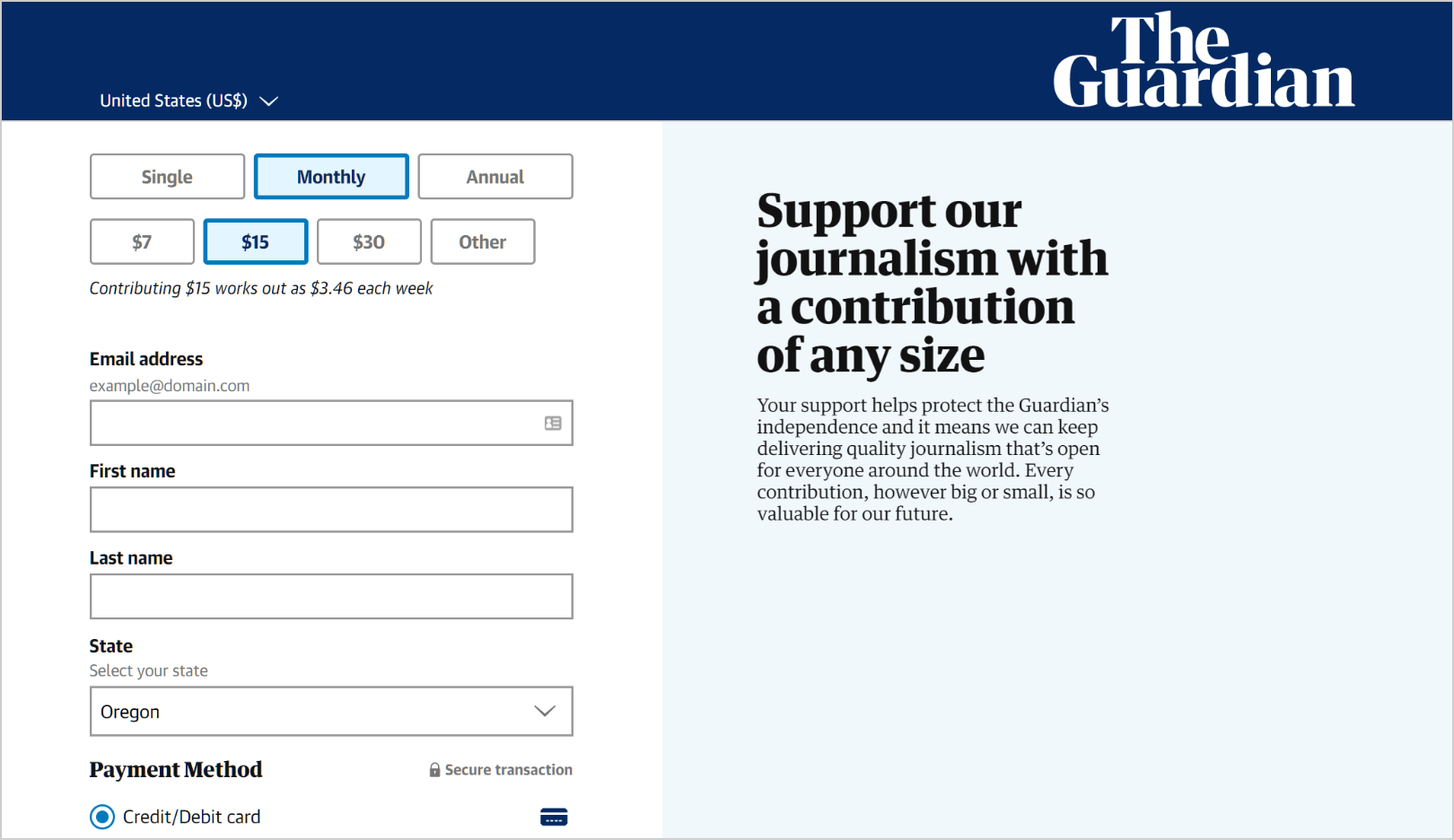
And according to Digiday, the donation strategy paid off for Guardian:
More than 900,000 people pay it through a combination of membership, recurring contributions, print, and digital subscriptions and one-off contributions, accounting for 12 percent of the publisher’s total revenue.
Vox.com also asks readers to make a one-time or recurring donation to support the latest coronavirus coverage.
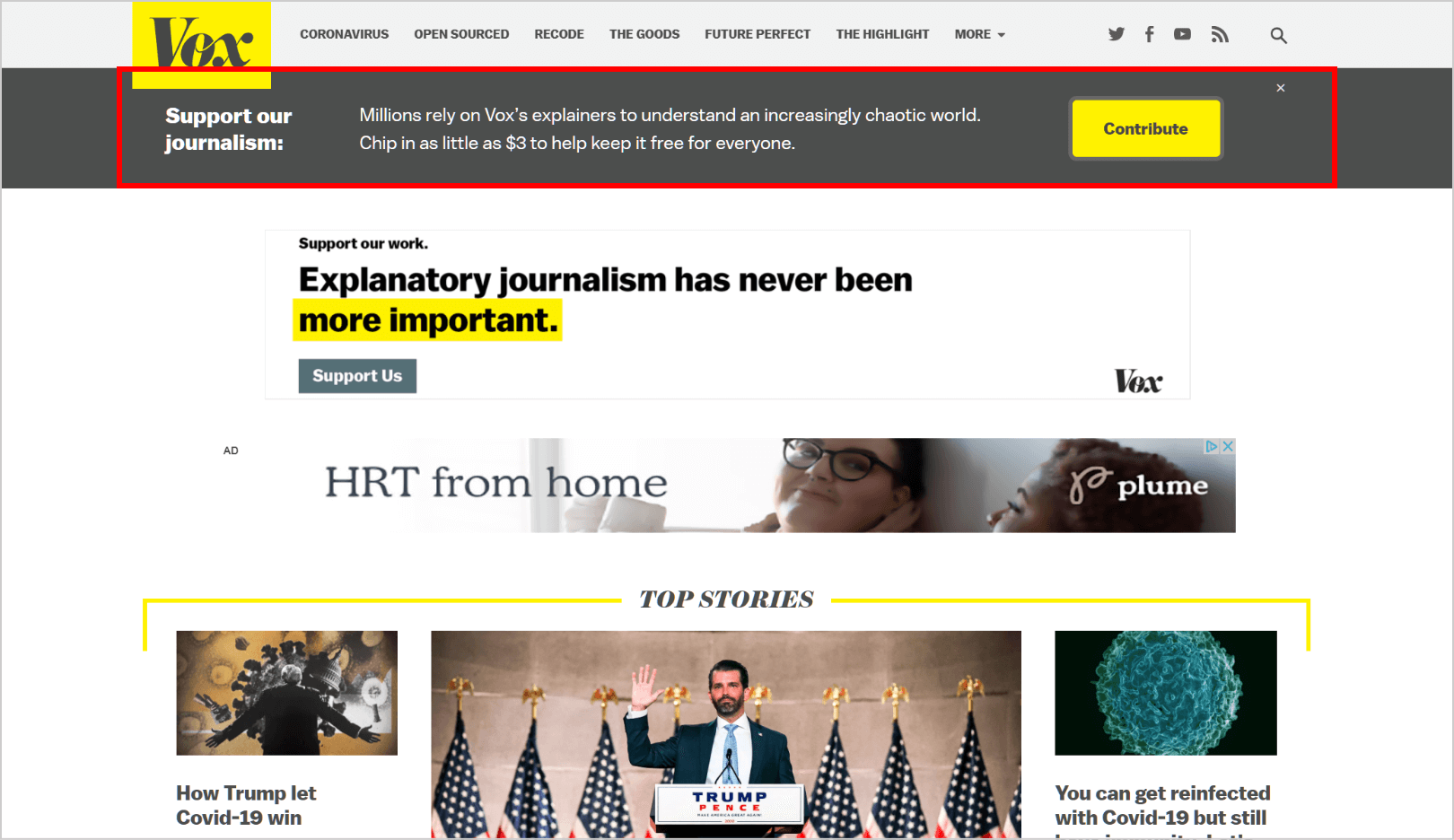
If you want to put in place a donation button for your publication, use only reliable apps such as PayPal or Patreon.
Make the donation button prominent on your homepage, but don’t be pushy about it. Explain why donations help you produce reader content and let people decide themselves if they want to donate.
Advantages of WordPress Digital Publishing
Before digital publishing, there used to be the typewriter and the printing press. Today, you have the most powerful CMS at your disposal – WordPress.
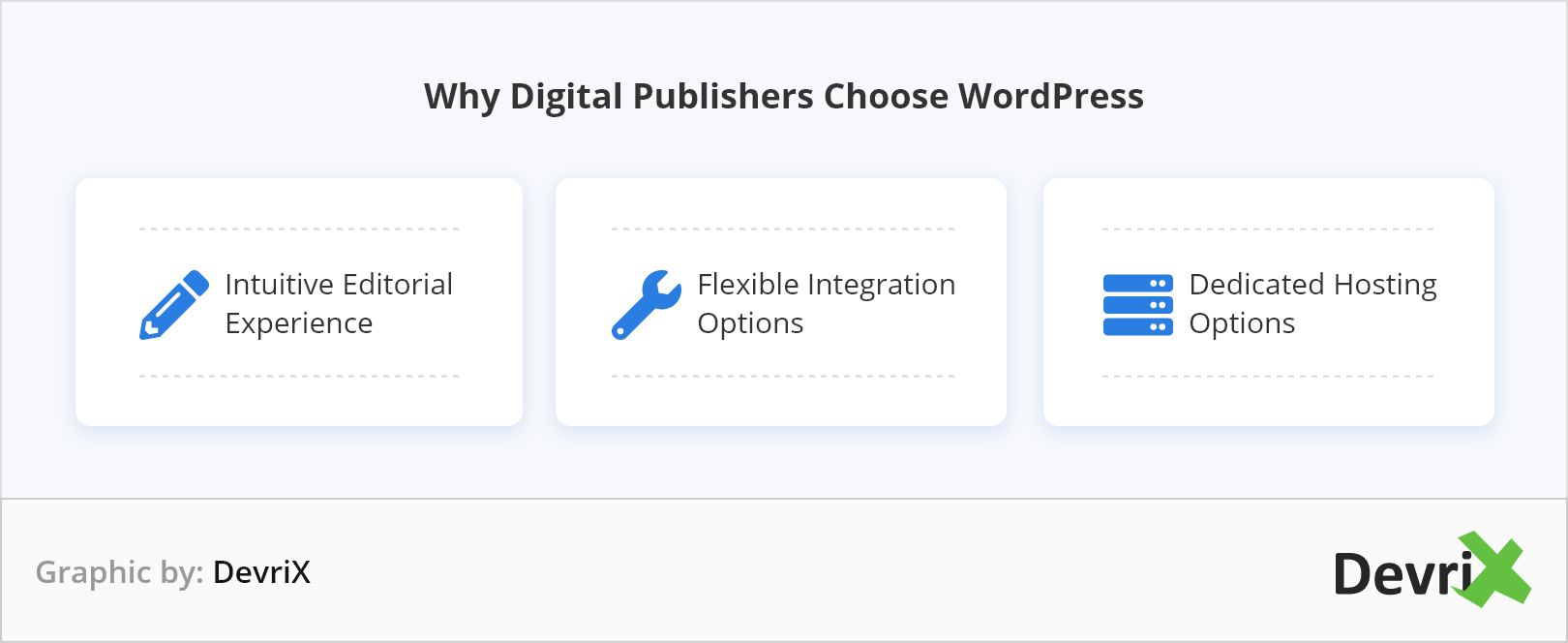
The marketplace dominance, along with its increasing adoption, makes WordPress an excellent platform for publishers, providing the following benefits in return:
- Intuitive Editorial Experience: The capability to create and publish content efficiently is crucial. With a CMS such as WordPress, the editorial team can easily create suitable content. Because WordPress is so highly intuitive as a platform, even editorial customization is a piece of cake compared to other CMSs.
- Flexible Integration Options: WordPress has the largest plugin repository with tools that you can integrate on your site. Due to this customizability and multisite options, some of the largest digital publishers in the world are using WordPress.
Furthermore, due to the fact that it’s open-source, teams can also collaborate e easily when improving the features of your publishing platform.
- Dedicated Hosting Options: Scaling a WordPress digital publishing website to support higher traffic can be challenging, especially if you don’t have the right technical and hosting partner.
Fortunately, managed hosting companies such as Pagely have developed high-performance hosting systems that make scaling to hundreds of millions daily visits easier.
However, no matter the benefits and the technology available to you as a publisher, if you don’t know how to use everything properly, you won’t be able to monetize your digital publishing experiences.
Wrapping Up
When you form a connection with your readers through your content, they are more likely to trust the relevance of the advertisements that you place on your pages, and the memberships and products that you offer to them.
As an established WordPress technical partner that scales publishers to over 900 million page views, DevriX can be your global vehicle to help you deliver a viral, quality, interactive, and monetizable content experience.
Have any more questions regarding digital publishing monetization and scaling for growth? Let us know in the comments or get in touch!
